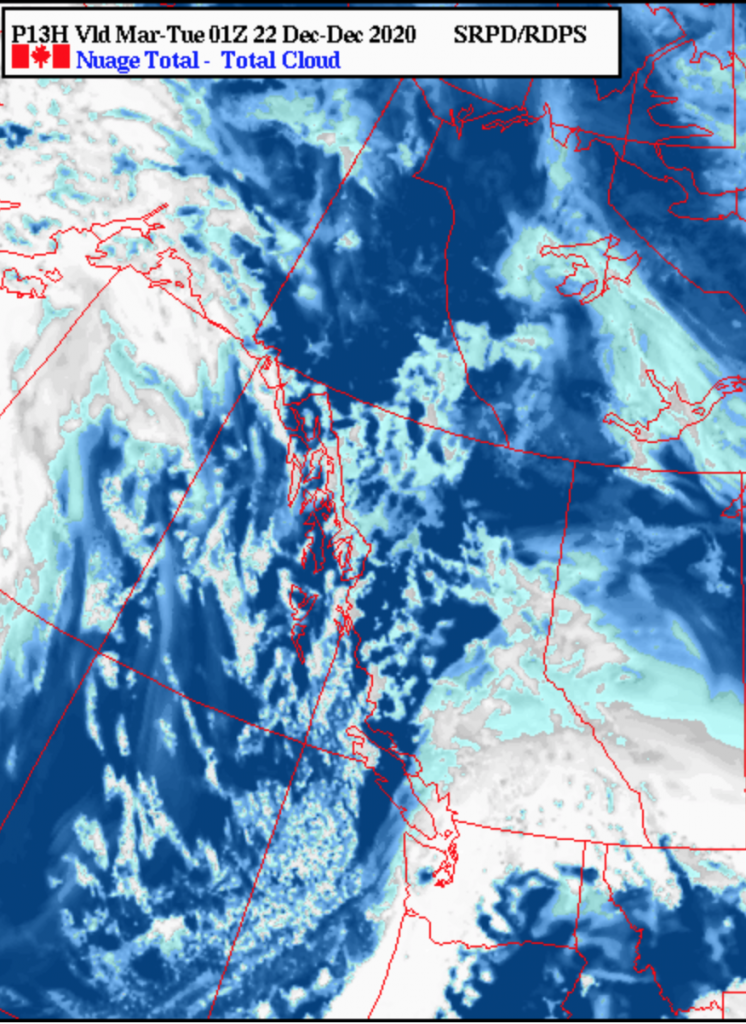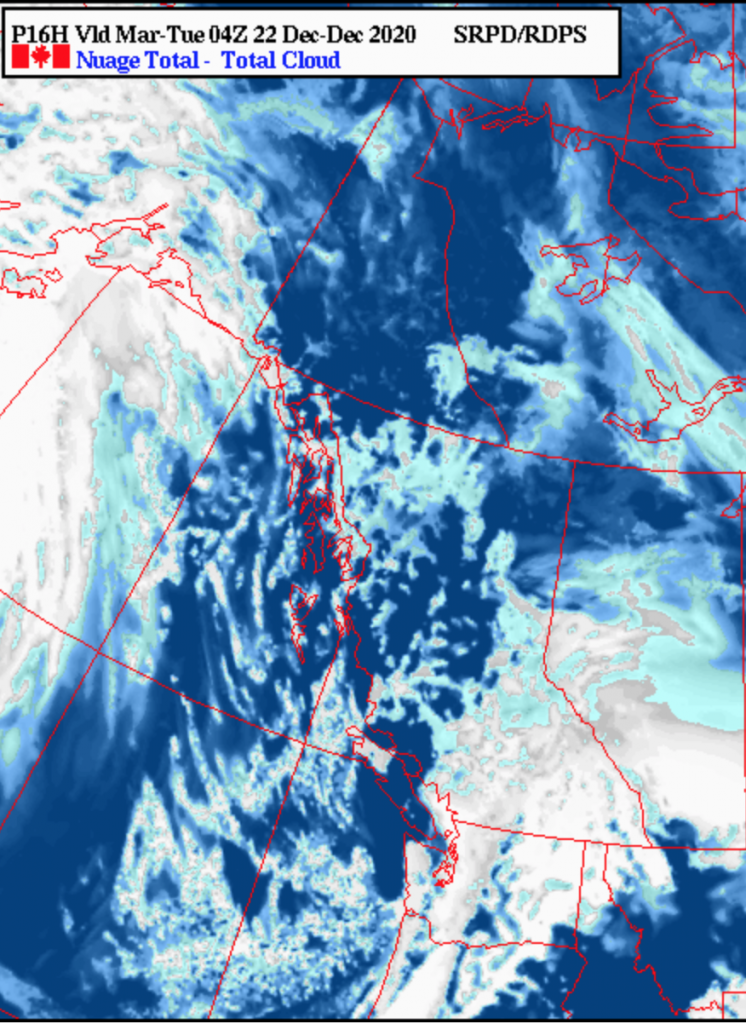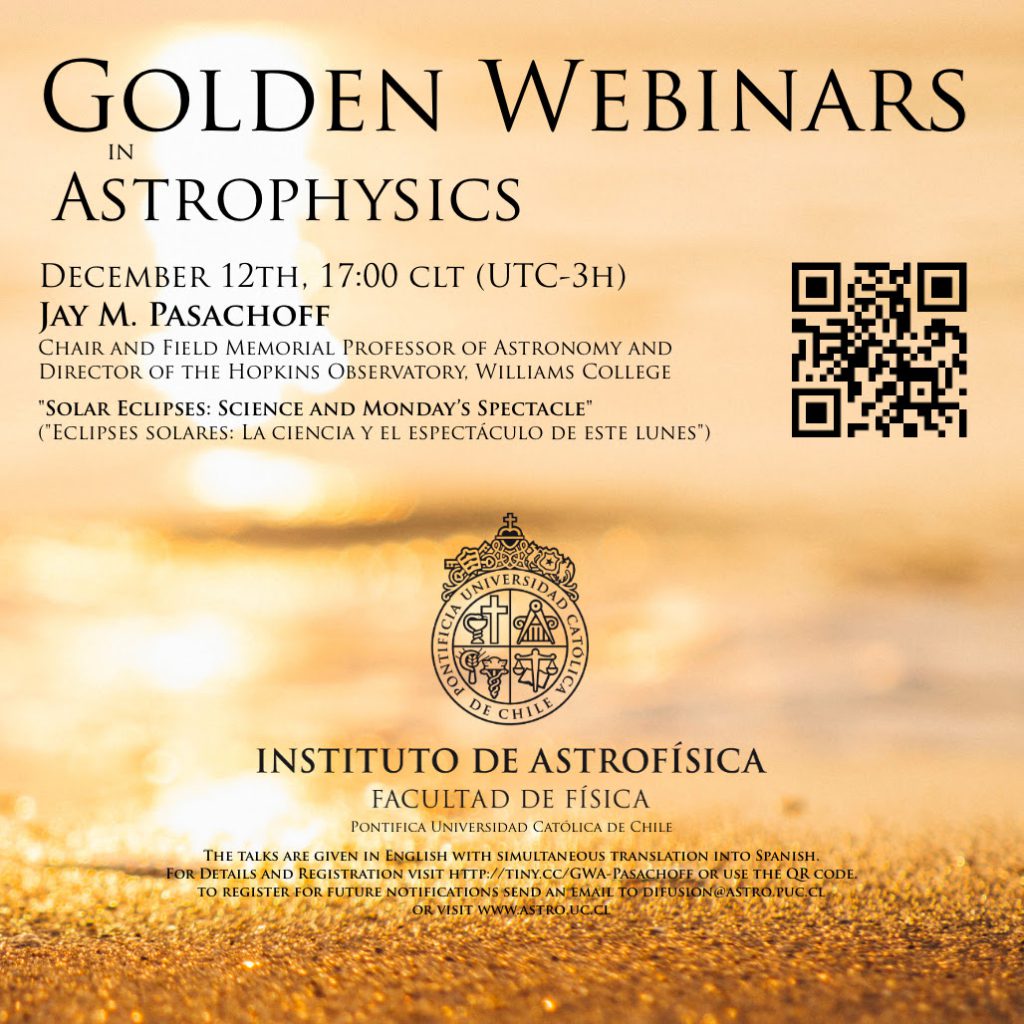President’s Message December 2020
Post election uncertainty and record high Covid case numbers overshadowed recent astronomical developments. A few warrant an honourable mention. On November 16th the Space X Crew Dragon -1 Resilience was launched from Cape Canaveral on a Falcon 9 rocket. It delivered 3 American astronauts and one Japanese astronaut to the International Space Station the next day. This mission was a milestone as it was the first American space vehicle to deliver an operational crew to the ISS since the Space Shuttle Atlantis in July 2011. In the meantime astronauts had to hitch rides on Russian Soyuz spacecraft. The commercial entity Space X provided both the launch vehicle and capsule for this 6 month mission.
On November 25th, Space X also placed another 60 Starlink satellites into orbit, bringing the total so far to 955. Delivery of global broadband internet to underserved areas from this fledgling network has already commenced. A constellation of 12000 Starlink satellites have already been approved and a request for an additional 30000 has been submitted. The growing alarm from the astronomical community regarding the impact of this vast swarm of satellites was discussed in the May 2020 President’s message.
But as the adage goes, what goes up must come down. I am not talking about satellites here but rather the receiver of the Arecibo Radio Telescope in Puerto Rico. Weighing in at 900 tons the receiver spent November dangling 500 feet above the iconic 1000 foot diameter spherical dish. When one cable broke in August it caused some alarm but when a second more substantial cable snapped in early November it was decided that the instrument could not be safely repaired. That decision received dramatic justification on the morning of December 1st with the failure of another major cable. This allowed the receiver to plunge into the side of the dish in a catastrophic manner which was captured on an astonishing video. What a tragic end to such a productive and beautiful symbol of science.
A softer landing occurred on December 1st when China’s Chang’e 5 spacecraft successfully touched down on an elevated volcanic mound Mons Rumker in Oceanus Procellarum. A video of the landing and the collection of moon samples. The Chang’e 5 ascent vehicle lifted off the Moon on December 3rd and is planned to return samples to Earth within a week.
Another sample return mission is underway. On October 20th NASA’s ORISIS-REx spacecraft successfully acquired about 60 grams of the asteroid Bennu during a touch and go operation. Images suggest that it caught more than anticipated and the sample storage procedure was expedited and completed two days later. The spacecraft will begin its return journey in March 2021 and is scheduled to reach Earth in 2023. This mission will provide a pristine sample of the primordial material that formed the Solar System.
One asteroid of particular interest is 3200 Phaethon which is the parent body of the Geminid meteor shower. Most meteor showers are associated with comets but because 3200 Phaethon comes very close to the Sun it heats up to 700C and sheds particles and dust and has been dubbed a “rock comet”. This year the Geminids will peak around the 13th of December which is a new moon. So we will be particularly well situated to enjoy this spectacle … weather permitting. To learn more about “rock comets” be sure to attend the December 7th Astro Cafe where meteor expert Dr. Abedin Abedin will be the guest speaker.
Remember that the FDAO will be holding a Zoom Winter Solstice Star Party on December 19th. Event info
Also remember that the Great Conjunction of Jupiter and Saturn will occur on December 21st. Saturn will only be 12 Jupiter diameters away! It is the closest that they have appeared since 1623. So if skies cooperate, point you scope to the western horizon near sunset and savour the sight.
So despite the pandemic plenty is going on aloft. So when skies are usable be sure to look up and enjoy.
Wishing you good health and the very best of the festive season.
Reg Dunkley


